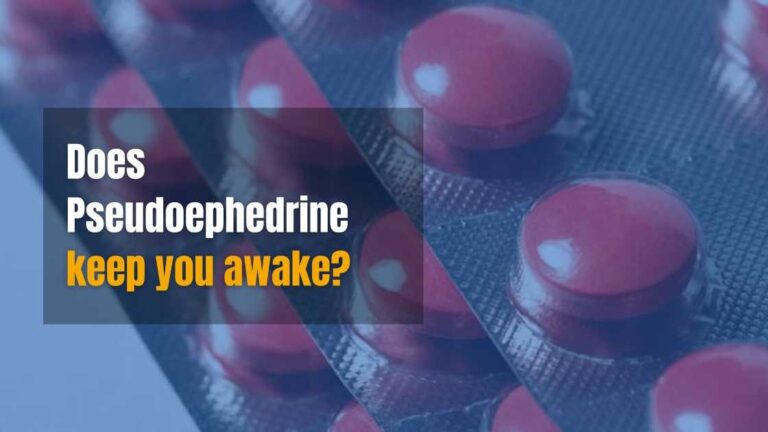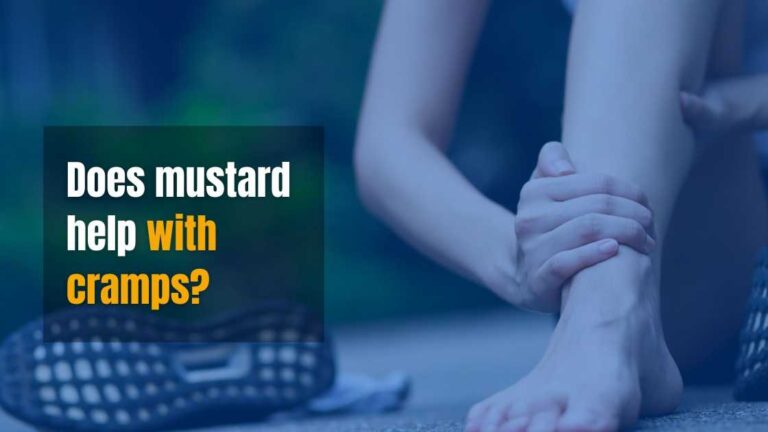If you are planning on getting a tattoo or have already gotten one, you must be wondering how long it takes for a tattoo to heal. You must be tired of the pain and side effects of getting a tattoo and looking forward to the day when this suffering will end.
Read on to know more about tattoos if you are planning on getting one. This article will go into the stages of tattoo healing, how long it takes, and any signs that can indicate that your tattoo isn’t healing well.
What are tattoos?
Tattoos are a popular type of body art where ink, pigment, or dye is injected into a person’s skin by an artist (tattoo artist). The ink is then used to make designs or drawings on your body or parts of your body.
How long does it take for a tattoo to heal?
After getting a tattoo, the outer layer of skin (the part you can see) will typically heal within 2 to 3 weeks. Though it may look and feel healed and you may have the temptation to ignore or slow down post-tattoo care, it can take as long as 6 months for the skin below a tattoo to truly heal.
It should be noted that the skin around larger tattoos takes longer to recover and certain factors, like picking at the scabs, not moisturizing, not using SPF (sunscreen), or using a lotion with alcohol may slow the process.
What are the healing stages for a tattoo?
The healing stages of a tattoo can be divided into 4 stages and how you care for your tattoo will change slightly depending on the stage.
Week one
After the tattoo artist is done with the drawing or design, your body begins the process of healing. Though it might not look like it, your tattoo is actually an open wound on your skin.
Your body begins to repair the damage right there and then. This stage lasts from the first day to the sixth day. Your new tattoo will be bandaged for the first few hours, after which it is considered an open wound.
Your body will be responding to injury, and you may notice redness, oozing, slight inflammation or swelling, or a burning sensation.
Week two
During this stage, you may experience itching, flaking, and peeling. Having flaky skin is nothing to be worried about. It is a natural response from your body.
The ink will remain intact even if it looks like some of it is coming off. The inflammation around your tattoo will subside a little during this stage or week.
A new top layer of skin will also form over the tattoo. This means that the old skin will form scabs and flake off. The dryness is what causes you to feel the itchy sensation on and around the wound.
During this stage, it is best to try and resist the urge to scratch or peel off the flakes. Your tattoo artist will recommend some lotion to keep your skin moisturized which can reduce the itchiness.
Weeks 3 and 4
In this stage, your tattoo may begin to dry out and the sensation of itchiness will begin to disappear or entirely disappear.
However, if it does not and the redness persists, it could be an early sign of an infected tattoo. The tattoo may look less attractive than expected. This is because a layer of dry skin has formed over it.
Naturally shedding will occur to reveal the vivid tattoo. Make sure to resist the urge to pick or scratch during this stage because it could cause scarring.
Weeks 5, 6, and further months onwards
At this stage, Itching and redness should have subsided and your tattoo may look fully healed. This is because all the dry skin and scabs have peeled off to reveal new, smooth skin with a vibrant tattoo.
It is however advisable to continue with post-tattoo care.
How can I reduce tattoo healing time?
Here are some things that you can do to speed up the healing process and reduce the healing time of your tattoo.
Cover the tattoo with clothing
Sunlight can cause your tattoo to fade, and fresh tattoos are especially sensitive to the sun. Cover the tattoo with loose clothes like long sleeves or pants when you are out in the sun.
Cover your tattoo with clothing. Make sure not to apply sunscreen until the tattoo has fully healed.
Do not rebandage after removing the initial dressing
Your tattoo needs to breathe, and once you remove the original bandage it is best not to cover it. Covering it again may result in extra moisture and lack of oxygen which can cause scabbing and slow healing.
Make sure to clean daily
Use lukewarm water (not hot water). This is because hot water may hurt the skin or open pores causing the ink to move inward. Sterile water is the best thing you can use to clean your tattoo at least 2 to 3 times a day.
Apply ointment
Use products or ointments that contain lanolin, petroleum, and vitamins A and D.
Do not scratch
Scabbing is a healthy part of the healing process; picking or scratching at the scab can delay the healing process and may affect the integrity of the tattoo or result in scarring.
Do not get your tattoo wet
Apart from using sterile water to clean the tattoo, make sure to avoid getting the tattoo wet in the shower or bath. Also, avoid swimming for the first 2 weeks after getting a tattoo.
Avoid the use of scented products
It is very important to avoid using scented products like lotions and soaps on your tattoo. Depending on the location of your tattoo, a switch to an unscented shampoo, conditioner, and body wash may be required.
Scented products can cause a reaction when it comes into contact with tattoo ink.
Signs of a tattoo infection
If your tattoo is not healing properly or has become infected, you may notice symptoms like
- Pus
- Redness and swelling after the first week
- Rash
- Tenderness
- Foul odor
- Severe itching
The takeaway from this article
The healing time of a tattoo can take up to 6 weeks or more depending on how well you take care of yourself during the healing stage.








Leave a Comment